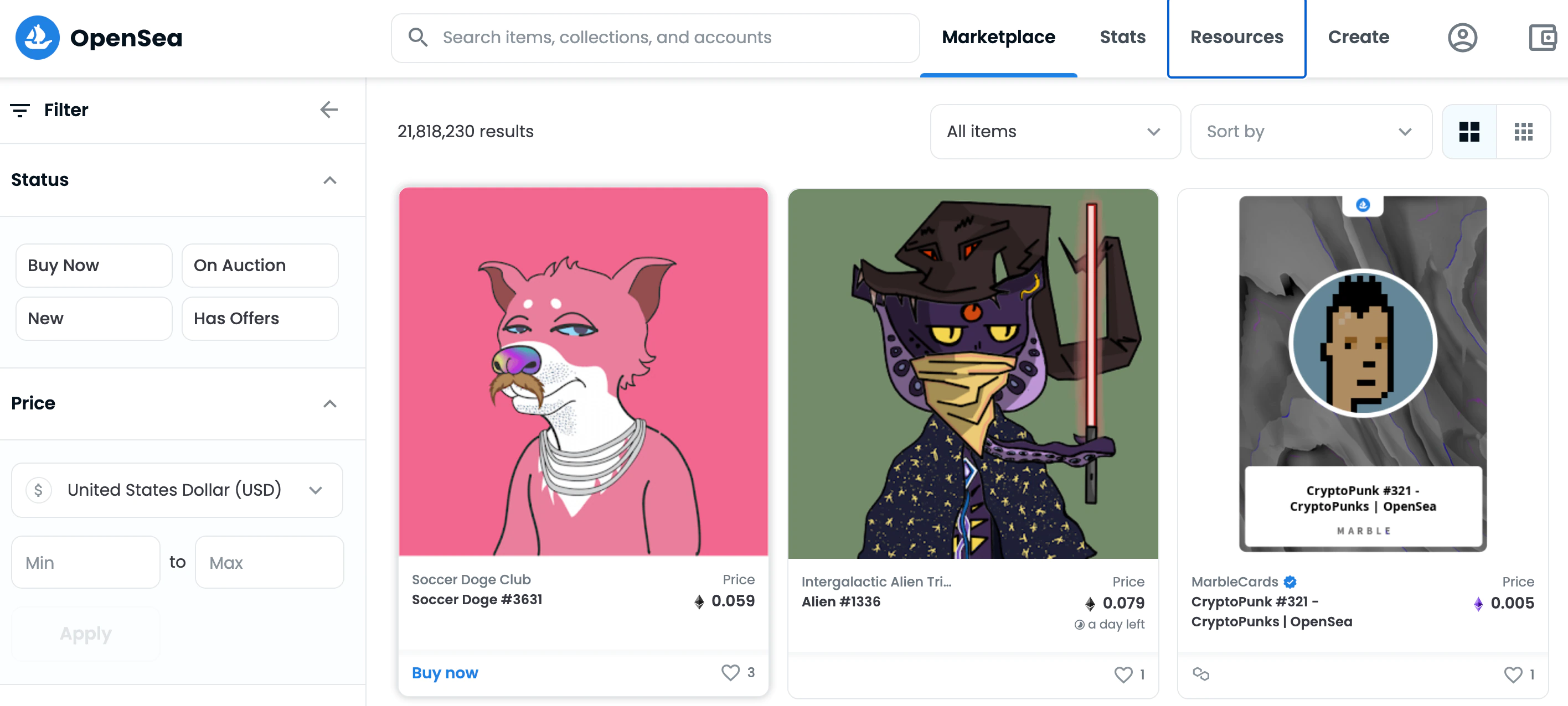First Mover: Ethereum’s Transition to Staking Could Push More Traders to Use Derivatives
(SunnyGraph/Shutterstock)
First Mover: Ethereum’s Transition to Staking Could Push More Traders to Use Derivatives
Ethereum’s biggest-ever upgrade is supposed to make the blockchain network faster and more efficient. But the new “staking” system could lock up so many of the network’s native ether tokens that investors who want to trade them may have to rely on derivatives markets.
The blockchain, the world’s second-biggest, currently uses a validating mechanism similar to larger Bitcoin’s known as “proof-of-work,” where new data blocks and transactions are confirmed via power-hungry computers solving complex cryptographic puzzles.
Under Ethereum’s multi-year upgrade now underway, the network would shift to a “proof-of-stake” model, where investors validate transactions by staking ether on the blockchain in exchange for token rewards. It’s a bit like depositing dollars into a bank account for interest, paid out in dollars.
A possible consequence, though, is the new staking system could soak up as much as 30% of the ether tokens in circulation, based on estimates from Adam Cochran, a partner at MetaCartel Ventures, a decentralized investment firm. An address needs to stake at least 32 ether tokens, worth about $12,400 at the current price, to become a validator in the proof-of-stake model.
“It’s possible to see a future scenario where the incentive to keep assets locked up on-chain is so great as to remove some liquidity from the market,” says Diogo Monica, co-founder and president of the digital-asset custodian Anchorage, told CoinDesk in an email.
Lost liquidity
In May, a survey by the Ethereum developer Consensys found that 65% of ether investors were planning to stake the cryptocurrency under the new system, known as Ethereum 2.0, and half of those wanted to run validator nodes.
Most staking mechanisms have a lock-up period. Rocket Pool Staking, an Ethereum 2.0 staking service, offers staking terms ranging from three months to a year.
Some ether tokens might get locked in staking as the network upgrade proceeds. Ethereum 2.0 is being rolled out in three phases of what could end up being a multiyear process, with the original proof-of-work blockchain running in parallel until the two networks are merged at “Phase 1.5.”
Wilson Withiam, a research analyst at the cryptocurrency data firm Messari, told CoinDesk that “ethers sent to the deposit contract will likely remain locked up” until Phase 1.5, and “that could cause a decline in the amount of ether readily available.”
Staking derivatives market?
Cryptocurrency analysts say ether-staking yields of 3% to 5% would be so tantalizing – at a time when government bonds carry near-zero or even negative yields – that few investors would opt to leave their tokens in Uniswap or other decentralized trading systems where they could be accessed by traders.
“In that case, people will have an incentive to create ways to buy and sell ether shares that abstract whether the underlying asset is currently being staked,” Monica said.
Derivatives might be a solution.

Fixed income from staking could even be packaged as a distinct product. Holders who stake their coins could create voucher tokens representing a claim on the stake. Then they could trade the tokens for ether or other cryptocurrencies. So buyers could capture the yield without having to own the underlying asset.
As an alternative to selling voucher tokens, holders could deposit ether as collateral on decentralized lending and borrowing platforms.
Messari’s Withiam says he thinks staking derivatives are inevitable.
“It will give traders access to tradable assets so that they can continue to do what they do best,” Withiam said. “Exchanges will be able to offer new markets around these assets and potentially lock customers within their product suite if the synthetic assets aren’t transferable outside of the exchange.”
For now, all this really just amounts to speculation over how speculators will want to speculate on ether.
But there’s no lack of motivation: Plenty of cryptocurrency analysts say it’s possible ether’s price could jump as demand increases for tokens to stake. Ether’s price has tripled this year to about $390. Such returns far exceed bitcoin’s 56% gain on the year.
“Financial incentive to buy and hold both increases the security of the network, and could lead to dramatic price appreciation,” said Connor Abendschien, an analyst at the research firm Digital Assets Data.

Tweet of the day

Bitcoin watch

BTC: Price: $11,509 (BPI) | 24-Hr High: $11,521 | 24-Hr Low: $11,045
Trend: Bitcoin is showing signs of life with a near 3% rise to over $11,500 on Wednesday after a lackluster day yesterday.
The bulls will be hoping to maintain a foothold above $11,400, having failed to keep gains above that level in the previous two trading days. If successful, stronger buying interest may emerge, pushing prices to the psychological hurdle of $12,000 – last put to test on July 27.
However, if the market fails to absorb selling pressure above $10,400, a re-test of the daily chart support at around $10,900 may be seen.
A continued bullish scenario looks likely with gold, an inflation-hedge, rallying to record highs above $2,000 and the U.S. dollar losing ground across the board. Both bitcoin and gold have recently moved in tandem, with Goldman Sachs warning that the greenback could lose its global reserve status.
The overall bias will stay bullish as long as prices are held above the former hurdle-turned-support at $10,500 (February high).

Disclosure
The leader in blockchain news, CoinDesk is a media outlet that strives for the highest journalistic standards and abides by a strict set of editorial policies. CoinDesk is an independent operating subsidiary of Digital Currency Group, which invests in cryptocurrencies and blockchain startups.









